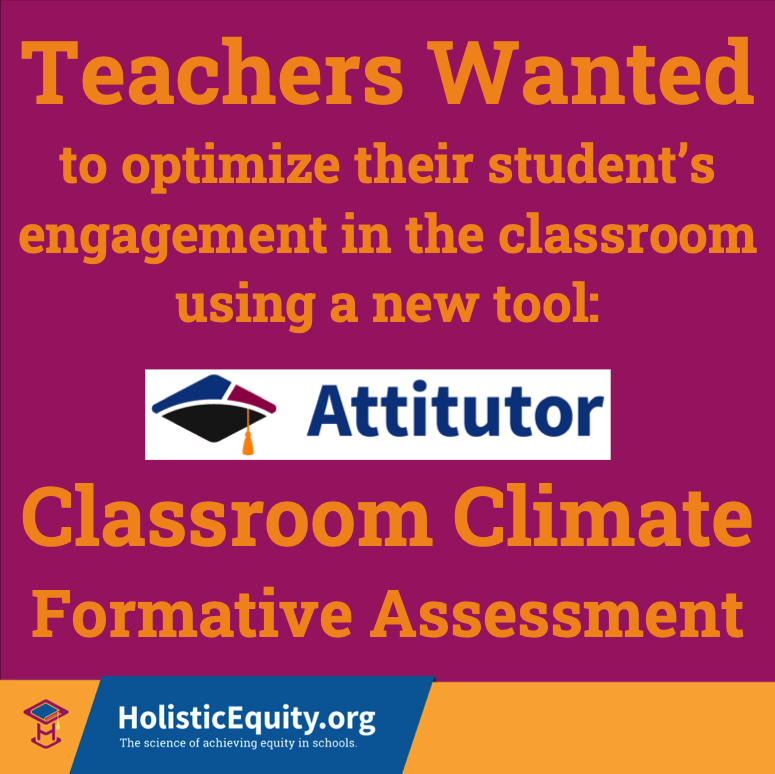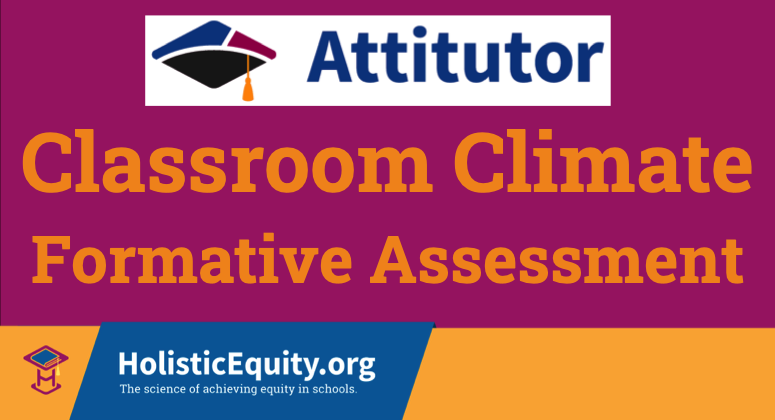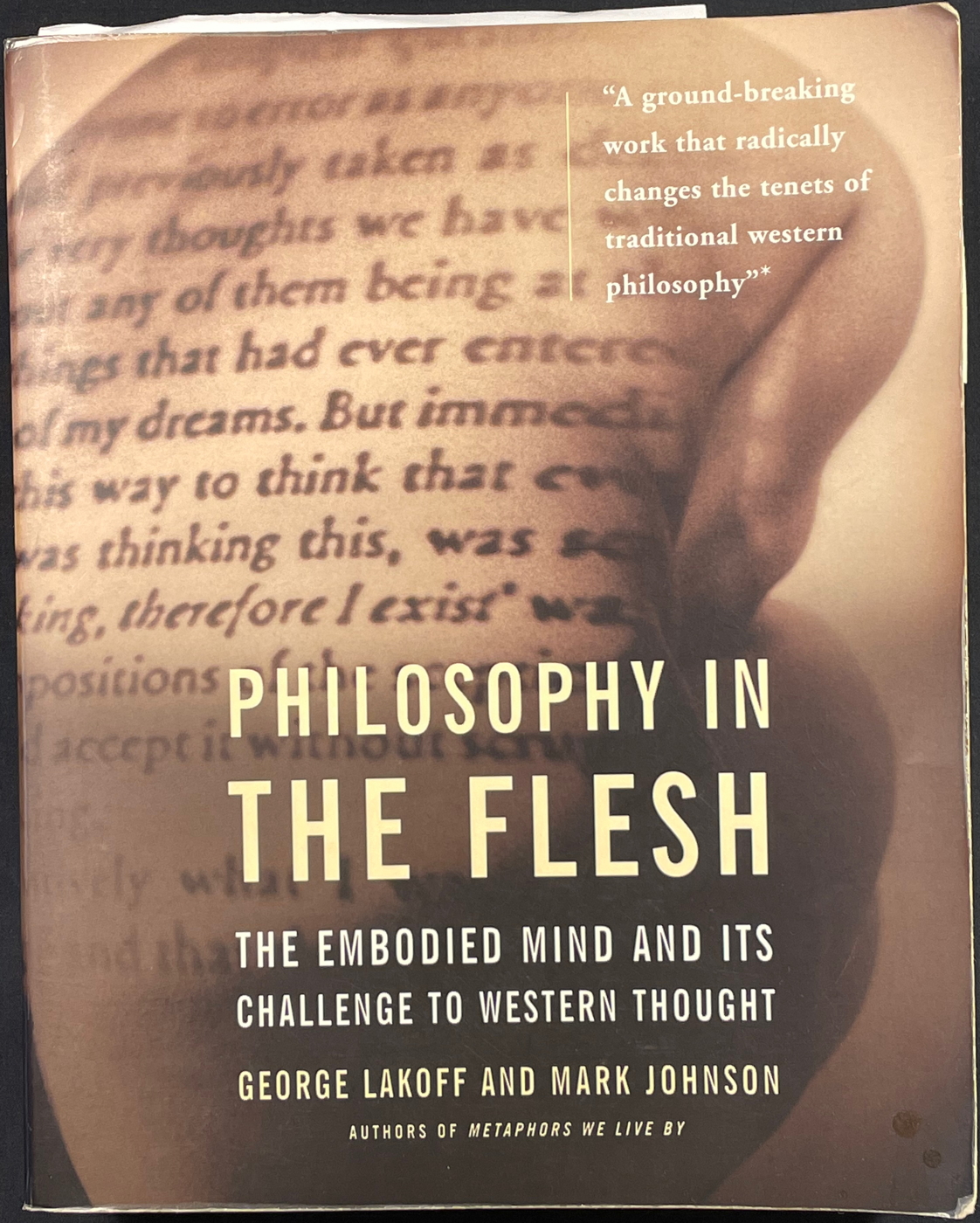Attitutor Instant Climate:
A Formative Assessment Tool
As a professional, it is your duty to ensure that students are learning effectively and their needs are being satisfied.
Now, with Attitutor Instant Climate Formative Assessment you can use scientifically validated questions to gain actionable feedback on how your classroom leadership affects student engagement levels; essential knowledge for success!
With easy-to-follow steps - such as asking 12 questions via Plickers cards or Google Forms and transferring that data into a spreadsheet – obtaining timely information about your classroom climate has never been simpler at low cost (one $10/month Pro plan courtesy of Plickers or free if you can use Google Forms).
As a self-assessment you can start with this free PDF (312Kb) Checklist of Motivationally Hygienic Teacher Behaviors.
If you have questions about the behaviors on that list you can download this PDF (203Mb) An Attitutor Guide to Education Hygiene for free, as well.
Plus if more support or guidance is needed you can get group coaching ($10/mo) or opt into the 1-on-1 program ($100/mo).
Don’t miss out on getting clear insight that will train your intuitions for creating optimal classroom conditions, now before it's too late!
The Goal: Achieving Optimal Student Engagement
Don’t be distracted by stale information that is too vague to be helpful.
With Attitutor Classroom Climate you can be confident that you have timely and useful data about how your students are experiencing YOU and your classroom.
The reports you produce from the data you collect will connect directly to scientifically validated suggestions and principles for correcting problematic patterns and maintaining productive ones.
The 4-step process is simple.
1) You are going to ask your students 12 questions,
2) they answer using Plickers cards or Google Forms,
3) you plug the data into a spreadsheet to prepare a report for yourself (I can help you do this the first few times), and
4) you get an indication of how well your classroom management is working and using the free support tools provided, or with some coaching, you figure out some strategies for doing better.
There are a few steps to get prepared before you do it the first time, but even those are pretty simple and do not take too much time.
Try it risk free- see the special offer below!
SPECIAL OFFER: For teachers or principals within a 2 hour drive of Portland, Oregon, I will personally come to your classroom to gather four rounds of assessment data (each round at least a week apart).
For free!
I will use my Plickers account and my Plickers cards, at no cost to you, or we can use Google Forms.
I will also coach you on how to use the data and adjust your classroom practice.
Offer is limited to a maximum of ten teachers or principals, so get it while you can!
Geographic area: I-5 corridor from Eugene to Tacoma, I-84 East to the Dalles, as far as Bend in Eastern Oregon, Highway 101 coastal corridor from Yachats to Astoria.
Most classroom climate measures in use today are given once or twice a year and it takes a week to a month to get the results back.
As a teacher or principal if you want to do better you need to know what's going on and make adjustments right away, not next year!
This tool is free if Google Forms are used or almost free if the Plickers platform (which is not yet affiliated with this project) is used; you have to pay them about $10 a month for their Pro plan.
Attitutor offers two additional support options for another $10 or $100 per month to get coaching on how to use the tool and personal support for improving the climate in your classroom.
(FYI- This web site is a collaborative project of Attitutor and Deeper Learning Advocates.)
Special Features:
- Actionable, not vanity, metrics (watch a 4 minute video that explains this)
- No or low cost (Plickers Pro Account has a cost)
- DIY
- No individual student data (no risk of privacy violations)
- Affordable personal support available ($10/mo or $100/mo)
The support is only temporary until you get the hang of it
(Ask about becoming a supporter of others as a side gig)

Teachers Wanted to Assess Classroom Climate
Will you help us refine the prototype?
We are looking for 3rd grade through 12th grade teachers or K-12 principals to try out this tool.
Since this is the prototype, for a limited time everyone who signs up for coaching will have me, Don Berg, as their personal coach.
Your help is needed so that this tool will become a successful contribution to the education profession.
It's time for teachers and principals to use formative assessments of climate to signify their professionalism.
Click here to download the following free support tools:
0- Instant Climate User's Guide 13Feb23.pdf
1- An Attitutor Guide to Education Hygiene 5Apr24.pdf
2- Anonymous Class Roster 1-40.rtf
3- Q-Set Needs Combined no Codes (text files)
4- Plickers Cards - 2up - Anonymized.pdf
5- Data Summarizers (spreadsheets)
6- Instant Climate Question Bank (spreadsheets)
7- Attitutor Leadership - 8.5x11 - 18pgs 31Jan23.pdf
8- Q-Set Needs Combined with Codes (text files)
SPECIAL OFFER:
I will pay for the first four rounds of data to the first ten teachers who sign up.
$10 per round at least 7 days apart.
That is enough to cover your Plickers Pro fees and group coaching for two months.
No risk, if you play it right using the free trial period for the Plickers Pro plan you could get all four rounds of data collected before the second Plickers charge and come out ahead.
Still not sure?
Are you sure that you are doing your best to create a positive climate in your classroom?
How do you know: intuition or credible formal feedback?
Do you get that credible formal feedback often enough to make corrections and verify their effects within a few weeks?
If you are, please let me know; I want to know if I have missed something.
On the assumption that you will only get credible formal feedback once or twice per year (if ever), then it logically follows that you are not getting enough feedback to accurately hone your intuitions about classroom climate.
You are a professional and it is your duty to both the students and your profession to develop good instincts about your classroom climate.
If you don't have the right tools to do the job you can't fulfill that duty.
This is the only credible formal feedback tool that can give you the feedback you need to hone your intuitions (though correct me if I am wrong).
If you just need some extra support then perhaps upgrading to the 1-on-1 coaching program is for you.
You can cancel or downgrade to the group plan at any time.
Group Coaching Plan
Click on the button below to sign up for the $10/month Group Coaching Plan (if you are interested in the 1-on-1 Coaching Plan sign up for the group plan first then ask me for the upgrade link.)

Vanity Metrics Explained in a Video
Video Transcript:
I was recently at the ASCD conference in Chicago and was asking around about climate measures.
One principal was able to pull up the Panorama app and show me her dashboard, the array of measures that they compiled about her school.
I noticed out loud to this principal that some of the measures seemed to be on the undesirable side so my next question was, what do you do about the ones that you want to change?
She didn't have a clue.
We need to get clear about how to make the data useful, not merely a fashionable addition to the datascape of schooling.
That brings me to the distinction between vanity metrics and actionable ones.
According to ProductPlan.com, a site that supports entrepreneurs, quote,
"vanity metrics are statistics that looks spectacular on the surface, but don't necessarily translate into any meaningful results.
Examples include the number of social media followers or the number of views on a promotional video.
While the data might seem superficially impressive, these metrics do not accurately reflect an organization's key drivers like active users, engagement, the cost of acquiring new customers, et cetera, and provide very little insight into how a product or initiative relates to broader objectives."
End quote.
Translating this into the standard grammar of schooling, consider the usefulness of a letter grade for a student.
When a student is given a letter grade it is often a vanity metric that evokes some feelings, good or bad, but they do not provide any guidance about how to improve a poor performance nor how to maintain a good one.
According to FirstRound.com another entrepreneurial support site, quote, "Grades can become a tool for teachers to contrast students or for school boards to evaluate schools, rather than for students to improve."
End quote.
The principal who shared the Panorama data visualizations of her school climate did not have any idea what to do about the data she had been given.
Therefore, they are vanity metrics.
The opposite of a vanity metric is an actionable metric.
One way that students can be given actionable data is through rubrics that include the evaluation criteria for various levels of performance.
Those descriptions make it clear to the student what it would take to improve or maintain their level of performance.
In my new book, "Schooling for Holistic Equity: How to Manage the Hidden Curriculum for K-12," I am proposing that actionable climate data requires the use of instruments validated by Self-Determination Theory researchers.
Specifically SDT based measures of psychological needs, satisfactions, patterns of motivation and degrees of engagement would be actionable because a recent paper has listed a clear set of behavioral dos and don'ts that are scientifically known to affect those measures of climate.
The same measures can be used by principals with regards to teachers, because the same set of factors apply universally to all humans regardless of age.
The main point I want to make is that we can skip the peak and the trough and go straight to the plateau in this case, because there is decades of scientific work that has already established a precise understanding of the psychology of need satisfaction, motivation, and engagement.
That same literature has also reinforced how centrally important those same factors are to deeper learning.
While it appears to me that Panorama is overwhelming principals with vanity metrics, what is clearly needed in the realm of climate data is that honing in on how to make the data truly useful.
That is where Self-Determination Theory can help.
If they get clear about the causal model for learning that is implied by SDT, and that I explain in my videos online and in my new book, then they can get right to the plateau of productivity.
For more information about my new book or how to provide better school leadership, visit HolisticEquity.org.
Thanks for watching.
This article was printed from HolisticEquity.com


